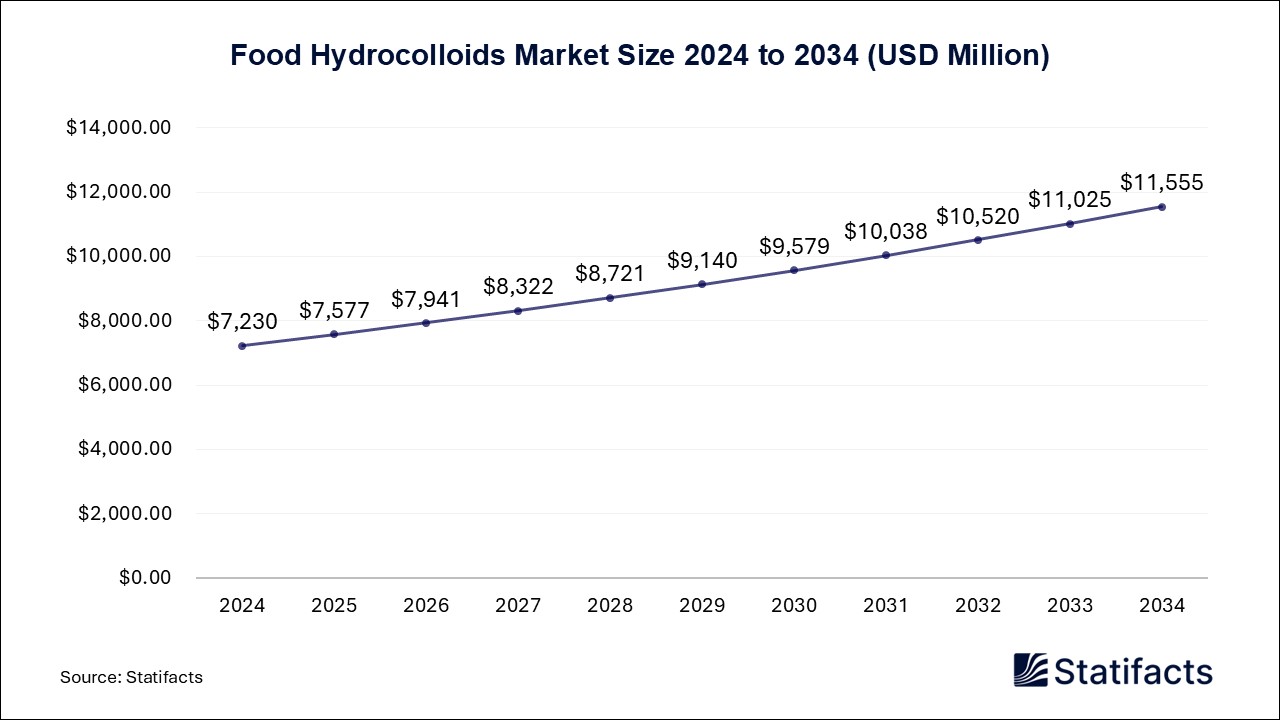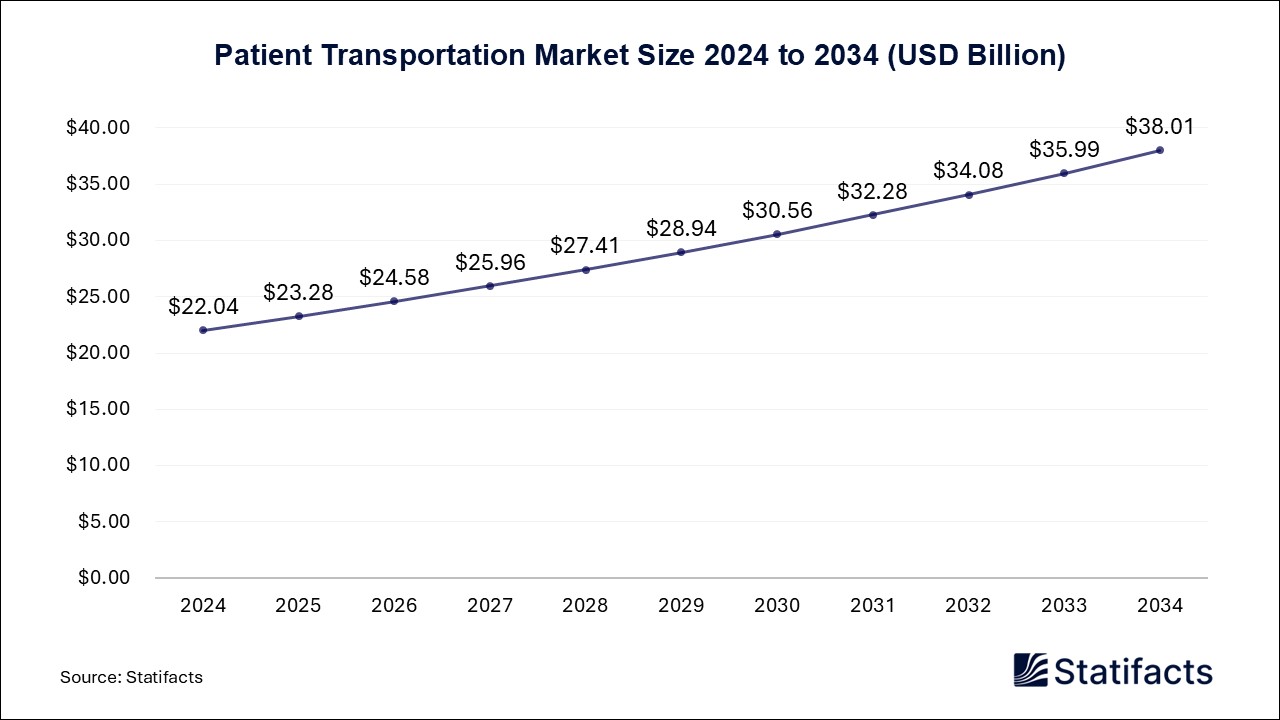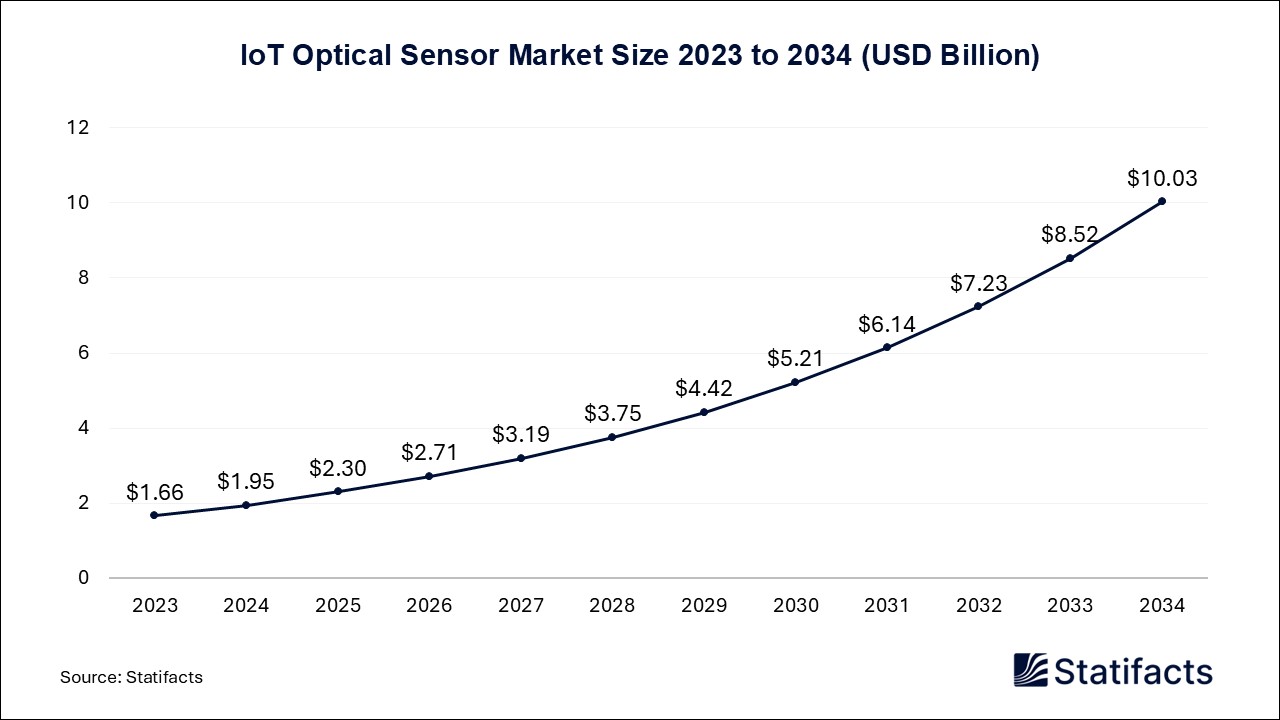Last Updated: 05 Jun 2025
Source: Statifacts
By clicking “Accept All Cookies” you agree to the storing of cookies on your device to enhance site navigation, analyze site usage, and assist in our marketing efforts.
Privacy PolicyThe U.S. nanocellulose market size was evaluated at USD 124.44 million in 2024 and is expected to grow around USD 737.42 million by 2034, registering a CAGR of 19.57% from 2025 to 2034.
| Industry Worth | Details |
| Market Size in 2025 | USD 147.57 Million |
| Market Size by 2034 | USD 737.42 Million |
| Market Growth Rate from 2025 to 2034 | CAGR of 19.57% |
Nanocellulose is a material based on natural fibers of nanometric size. It is a term referring to a family of cellulosic materials that have at least one of their dimensions in the nanoscale. Nanocellulose material examples include micro fibrillated cellulose, cellulose nanocrystals, or cellulose nanofibers. In biomedicine, nanocellulose can be used to create synthetic scaffolds that replace tendons and ligaments, matrices for 3D cell culture, and grafting materials for dental implants. The U.S. nanocellulose market growth is driven by increasing personal care industry, rapidly growing oil & gas industry, increasing demand for technologically advanced sustainable products, and increasing food & beverage industry across the globe.
The U.S. nanocellulose market applications include nanocellulose is used in many fields like electroactive polymers, catalytic supports, batteries, template for electronic components, supercapacitors, wood adhesives, biomedical products, nano composite materials, and more. Bacterial nanocellulose (BNC), is a chemically pure natural polymer produced by natural organisms, is being progressively recognized and used in different biomedical applications as a highly biocompatible material for drug delivery systems and wound dressing.
Rising personal care industry: Personal care increases independence and contributes to higher self-esteem, better health outcomes, and enhanced mental well-being. In addition, personal care prioritises companionship and empowers older individuals to foster strong friendships within their community. Personal care also plays an important role in maintaining overall health and wellness. Personal care industry includes products that improve personal hygiene and appearance including cosmetics, haircare, and skincare.
Rapidly growing oil & gas industry: In oil & gas industry, nanocellulose is used as plugging agent, fluid loss, and rheology modifier agent in drilling fluid and as stable emulsion agent, foaming agent, nano-oil displacing agent in enhanced oil recovery method. The oil and gas industry has increased the use of nanocellulose due to their numerous appealing properties. These properties include biodegradability, biocompatibility, economic value, low density mechanical properties, extensive availability, and renewable potential. These factors help to the growth of the U.S. nanocellulose market. Cellulose nanomaterials in oil and gas industry and bio-manufacture: Current situation and future outlook - ScienceDirect
Lack of consumer awareness: Lack of consumer awareness of nanocellulose can hinder the growth of the U.S. nanocellulose market. The problems faced by consumers include online fraud, substandard products, poor customer service, and deceptive advertising. In addition, consumer awareness is more likely to make informed purchasing decisions, which can lead to increased market competition and innovation, ultimately contributing to a healthier, more dynamic economy where both consumers and businesses benefit from both improved satisfaction and efficiency.
High product prices: Expensive advertising campaigns, a skilled team, and high-quality materials needs larger investment in product development, production, and promotion. By targeting a premium market, the brand voluntarily neglects a significant segment of mass market consumers. High product prices disadvantages include cost plus pricing, value-based pricing, selling luxury items to target audience, situational sales, valuable brands, competitive disadvantage, longer sales cycle, and customers unwilling to pay.
High performance nanocomposites: The primary benefit of nanocomposite materials include their high surface to volume ratio, which results in small nanofiller sizes and tight filler particle spacing, superior mechanical properties, and enhanced optical features. These composites have the potential to enhance the performance and sustainability of a high range of products, from packaging to automotive parts. The main benefit of sustainable nanocomposites is their ability to reduce amount of traditional and non-sustainable materials needed for production.
Published by Saurabh Bidwai
Last Updated: 05 Jun 2025
Source: Statifacts
Last Updated: 05 Jun 2025
Source: Statifacts
| Subsegment | 2024 | 2025 | 2026 | 2027 | 2028 | 2029 | 2030 | 2031 | 2032 | 2033 | 2034 |
|---|---|---|---|---|---|---|---|---|---|---|---|
| Microfibrillated Cellulose & Nanofibrillated Cellulose | 67.30 | 79.54 | 93.91 | 112.03 | 133.05 | 156.80 | 186.29 | 220.90 | 264.88 | 318.98 | 385.49 |
| Cellulose Nanocrystals or Cellulose Nanofibers | 50.29 | 60.00 | 71.52 | 86.12 | 103.24 | 122.82 | 147.29 | 176.29 | 213.38 | 259.37 | 316.39 |
| Bacterial Cellulose | 22.28 | 26.52 | 31.54 | 37.90 | 45.33 | 53.80 | 64.38 | 76.89 | 92.87 | 112.64 | 137.12 |
| Others | 1.92 | 2.21 | 2.53 | 2.93 | 3.37 | 3.85 | 4.42 | 5.05 | 5.84 | 6.76 | 7.84 |
Last Updated: 05 Jun 2025
Source: Statifacts
| Subsegment | 2024 | 2025 | 2026 | 2027 | 2028 | 2029 | 2030 | 2031 | 2032 | 2033 | 2034 |
|---|---|---|---|---|---|---|---|---|---|---|---|
| Microfibrillated Cellulose & Nanofibrillated Cellulose | 67.30 | 79.54 | 93.91 | 112.03 | 133.05 | 156.80 | 186.29 | 220.90 | 264.88 | 318.98 | 385.49 |
| Cellulose Nanocrystals or Cellulose Nanofibers | 50.29 | 60 | 71.52 | 86.12 | 103.24 | 122.82 | 147.29 | 176.29 | 213.38 | 259.37 | 316.39 |
| Bacterial Cellulose | 22.28 | 26.52 | 31.54 | 37.90 | 45.33 | 53.80 | 64.38 | 76.89 | 92.87 | 112.64 | 137.12 |
| Others | 1.92 | 2.21 | 2.53 | 2.93 | 3.37 | 3.85 | 4.42 | 5.05 | 5.84 | 6.76 | 7.84 |
The market is valued at over USD 147.57 million and is expected to grow steadily.
Nanocellulose are used for applications such as in the electroactive polymers, catalytic supports, batteries, template for electronic components, supercapacitors, wood adhesives, and more.
Key industries include adhesives, paints & coatings, aerospace, automotive, and packaging.
The market is expected to grow significantly, driven by the rising personal care industry, rapidly growing oil & gas industry, and rising food & beverage industry across the globe.
Nanocellulose are used to create synthetic scaffolds that replace ligaments and tendons, matrices for 3D cell culture, and grafting materials for dental implants.
To get full access to our Market Insights, you need a Professional Account or a Business Suite.

You will receive an email from our Business Development Manager. Please be sure to check your SPAM/JUNK folder too.

You will receive an email from our Business Development Manager. Please be sure to check your SPAM/JUNK folder too.

Our customers work more efficiently and benefit from



